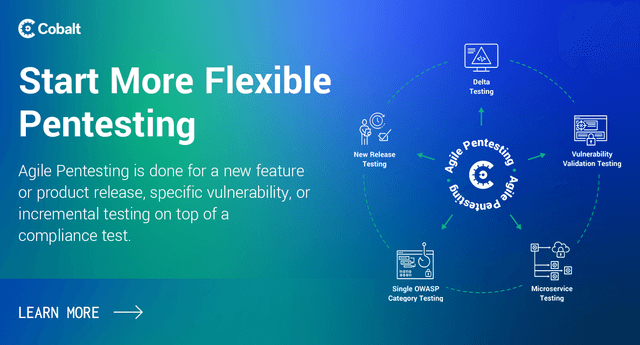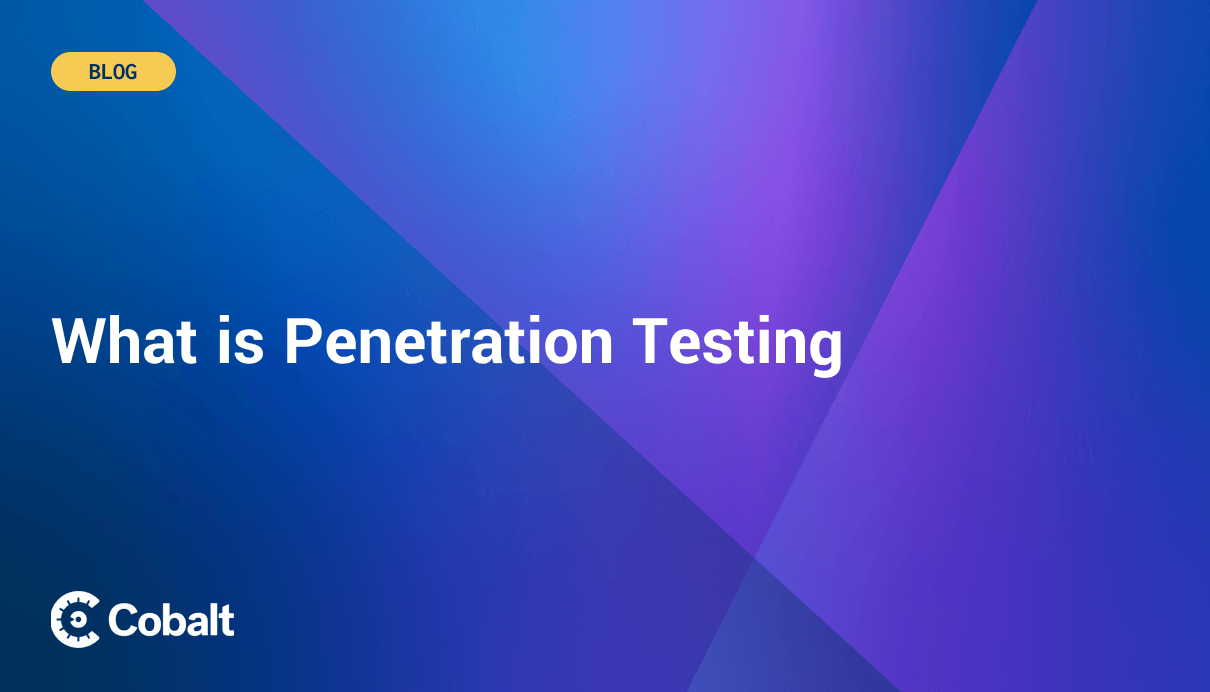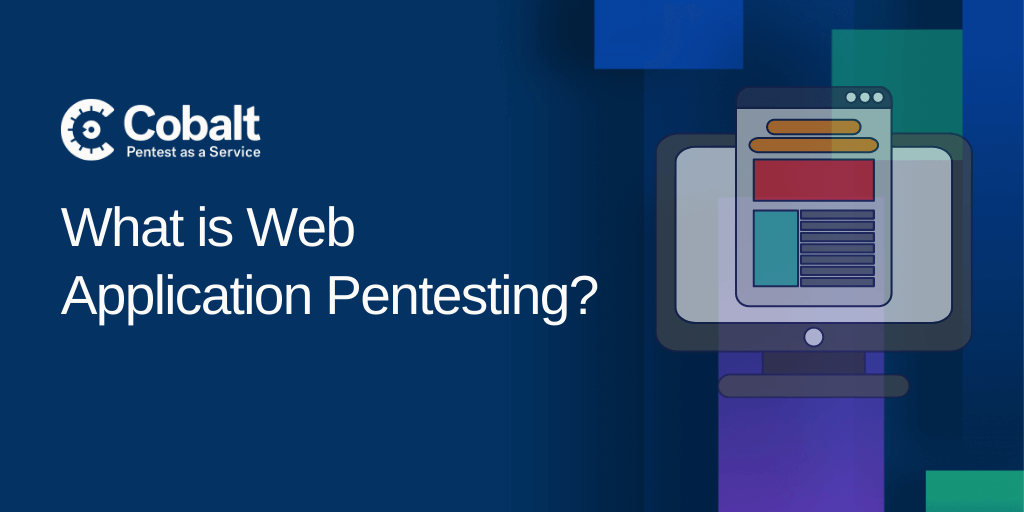Penetration testing is vital to identify potential security vulnerabilities on a network before cybercriminals find and exploit them and thus, improve a company's security posture.
For effective penetration testing, a range of frameworks and methodologies need to be explored to determine which can deliver the best results for an organization. Choosing the wrong type of testing standard can be a costly mistake, so it is important to know what options are available.
In this article, we will look at effective penetration testing frameworks and methodologies that help protect your organization from cyberattacks and offer the best return on investment.
What is a Penetration Testing Framework: And Do They Work?
A penetration testing execution standard helps to structure a penetration test using a range of guidelines and tools that assist the pentester (also known as security researcher), making the process more efficient. We will provide an overview of some of the most commonly used frameworks and methodologies in the next section.
Pentesters imitate the actions of a real-life cybercriminal and attempt to breach a network or api using various tools and techniques. This helps to identify vulnerabilities in a network and determine its overall attack surface. With this information, security teams can then take measures to resolve any issues and tighten defenses.
Read more about the benefits of a PtaaS platform for security teams.
There are different levels of pentests, based on the amount of access and documentation granted to the pentester — these different pentest types are referred to as white-, gray-, and black-box. White-box pentests grant pentesters a high level of access and full documentation, whereas black-box pentesters are given minimal access and usually no documentation. Gray-box pentesters fall somewhere in between.
The key tactics that make a pentest framework include:
- Execution
- Persistence
- Credential access
- Privilege escalation
- Defense evasion
- Discovery and information gathering
- Collection
- Lateral movement
- Exfiltration
- Command and control
Once the simulated attack has been completed and the above tactic categories have been explored, the pentester will then restore any exploitation points and produce a report on their findings. This report will include a log file of all the tools used during the test and their outcomes.
6 Penetration Testing Frameworks and Methodologies To Consider
Below are 6 frameworks that you should be aware of, consisting of valuable documentation and tools that can be used to launch effective penetration tests to discover possible vulnerabilities
1. Cobalt Strike Framework
Cobalt Strike is a well-known set of threat emulation tools that have been compiled by Fortra (previously known as HelpSystems). With this license, pentesters can download the Cobalt Strike virtual machine (VM) for free. This can then run locally on their own machine, or remotely via the cloud-based Cobalt-Strike platform.
This popular framework helps pentesters understand the behaviors of attackers and how they may attempt to breach a system. Cobalt Strike can effectively simulate network intrusions to highlight the extent of an organization’s attack surface. This framework can be used for almost any platform, including mobile applications. Considering that a new mobile device attack is launched every 39 seconds, this is crucial.
Cobalt Strike differs from other frameworks because it creates a communication channel between attack tools and the compromised system, providing more in-depth insights. Because of this, Cobalt Strike is often preferred by pentesters looking to launch very detailed tests and provide comprehensive findings to the client.
2. Metasploit Framework
The Metasploit Framework is penetration testing software developed as a collaboration between the open-source community and security solution company, Rapid7. Metasploit gives pentesters access to a database that contains a large number of known vulnerabilities and exploits, a payload generator, and other tools that security researchers use to run an effective test.
Metasploit allows security researchers to develop new exploit techniques and execute them on a target machine, identifying any weaknesses. This is a very customizable framework with an intuitive user interface, making it the preferred choice for many pentesters.
3. Open Source Security Testing Methodology Manual (OSSTMM)
OSSTMM has become a respected standard in the pentesting world, detailing the scientific methodology to run tests and assess weaknesses. Complete with thorough documentation, this framework assists security researchers in identifying vulnerabilities within a target network, helping to simulate a range of attacks for a complete overview. However, OSSTMM is for experienced penetration testers that have in-depth knowledge that allows them to analyze any vulnerabilities and their impact.
Initially developed to support network development teams, many firewalls and network security systems are based on OSSTMM’s documentation and guidelines. There is no defined software or tools that are used by this framework, and its purpose is more to implement best practices for better network security.
OSSTMM is extremely useful when it comes to customizing tests to suit specific scenarios, producing more accurate results, and creating workable solutions.
4. Open Web Application Security Project (OWASP)
OWASP is a methodology designed to improve application security, backed by a strong community of developers that keep on top of the latest technologies. Thanks to OWASP, organizations across the world have successfully resolved an array of application vulnerabilities. As well as issues relating to mobile applications, OWASP can also help to stamp out development practices that could jeopardize security.
The OWASP guide features guidelines for every pentesting method (66 security controls in total), allowing pentesters to perform a range of functions. This framework is recommended for both developers looking to build new web and mobile applications, and organizations who are looking to establish a more secure development environment.
5. Penetration Testing Methodologies Execution Standard (PTES)
The PTES framework assists pentesters in taking the best approach to structure their tests, guiding them through the individual stages, building threat modeling phases, and collating the results.
This testing guide ensures pentesters have a thorough understanding of the organization before launching a security assessment. These recommendations help security researchers consider even the most complex scenarios and pay attention to every aspect of the network when testing. PTES guidelines also instruct pentesters on how to perform post-exploitation testing so that any identified vulnerabilities are fixed.
6. National Institute of Standards and Technology (NIST)
NIST provides security teams with specific guidelines to improve the cybersecurity of an organization, particularly critical infrastructure. In many cases, the NIST framework is a regulatory requirement for many US security providers.
NIST is trusted by many key industries, including energy, banking, and communications. These guidelines can also be tailored to suit both small and large organizations, allowing them to execute penetration tests that fulfill their cybersecurity control and vulnerability assessment obligations, while also identifying security flaws.
Conclusion
Penetration testing frameworks and methodologies are vital in establishing best practices and comprehensive guidelines so pentesters can perform thorough tests that consider all possibilities. As well as recommending effective tools and best practices, these frameworks have also become a regulatory requirement for cybersecurity organizations.
Choosing the right pentesting framework for your organization depends on the goal of the exercise and the type of platform that is being tested. Learn how the expert team of testers at Cobalt help companies small and large achieve their security goals.










